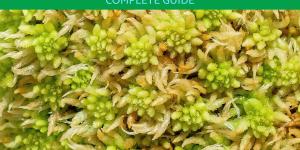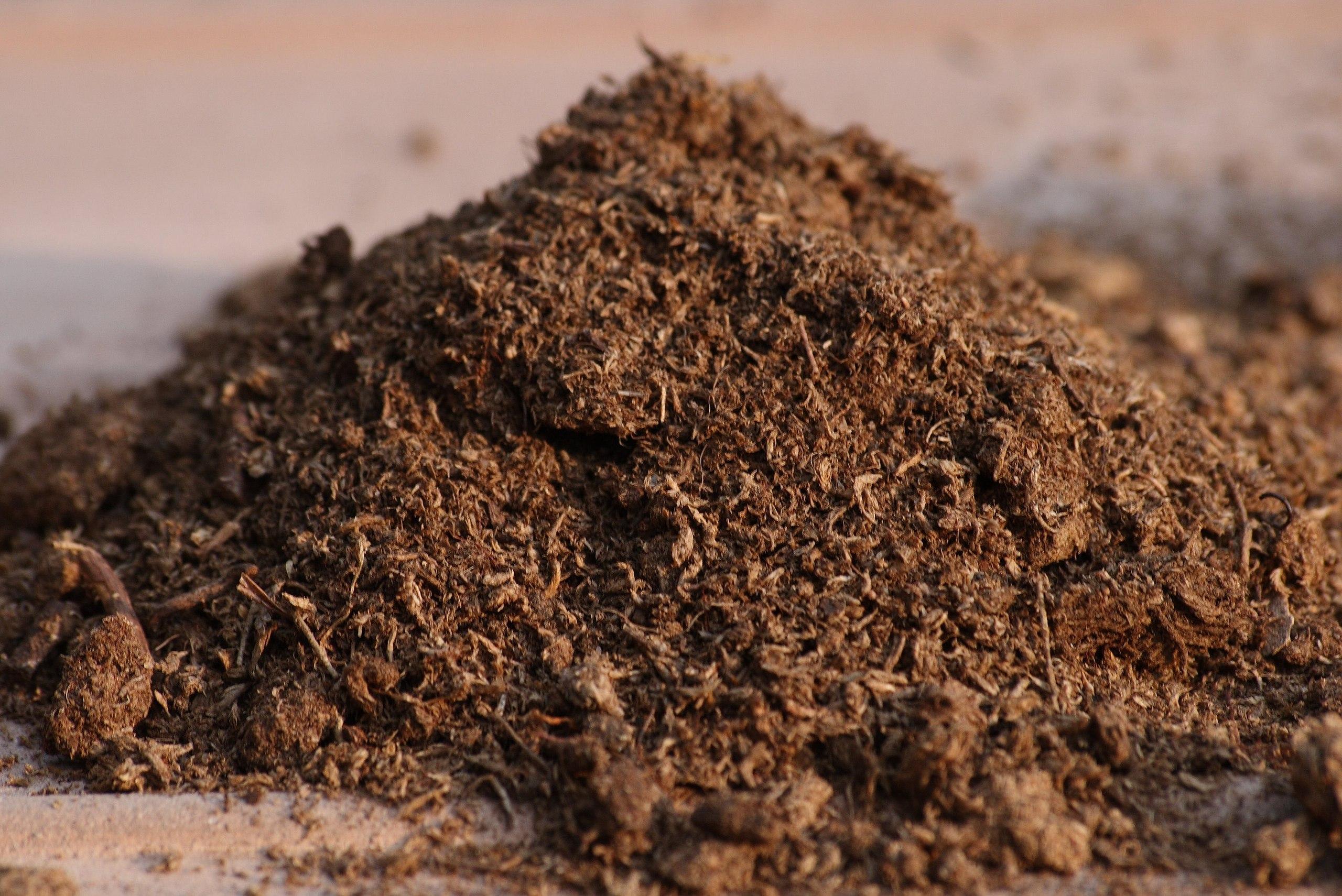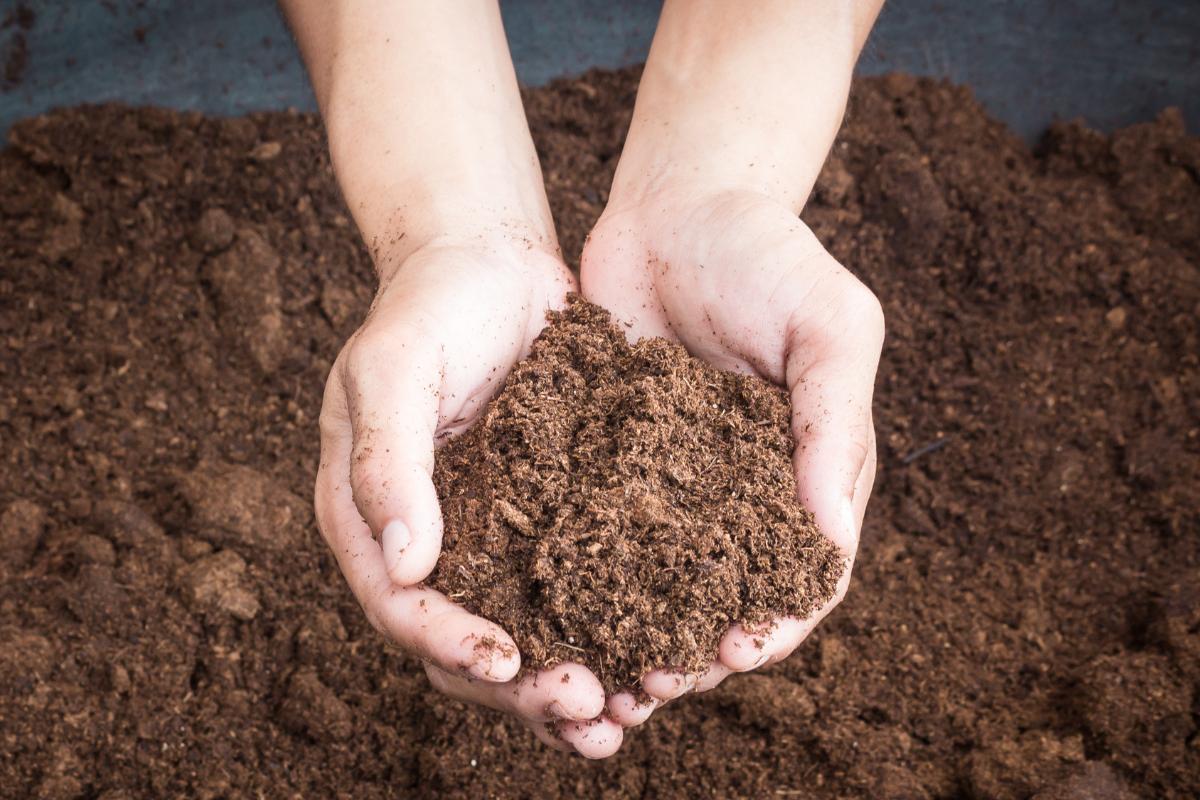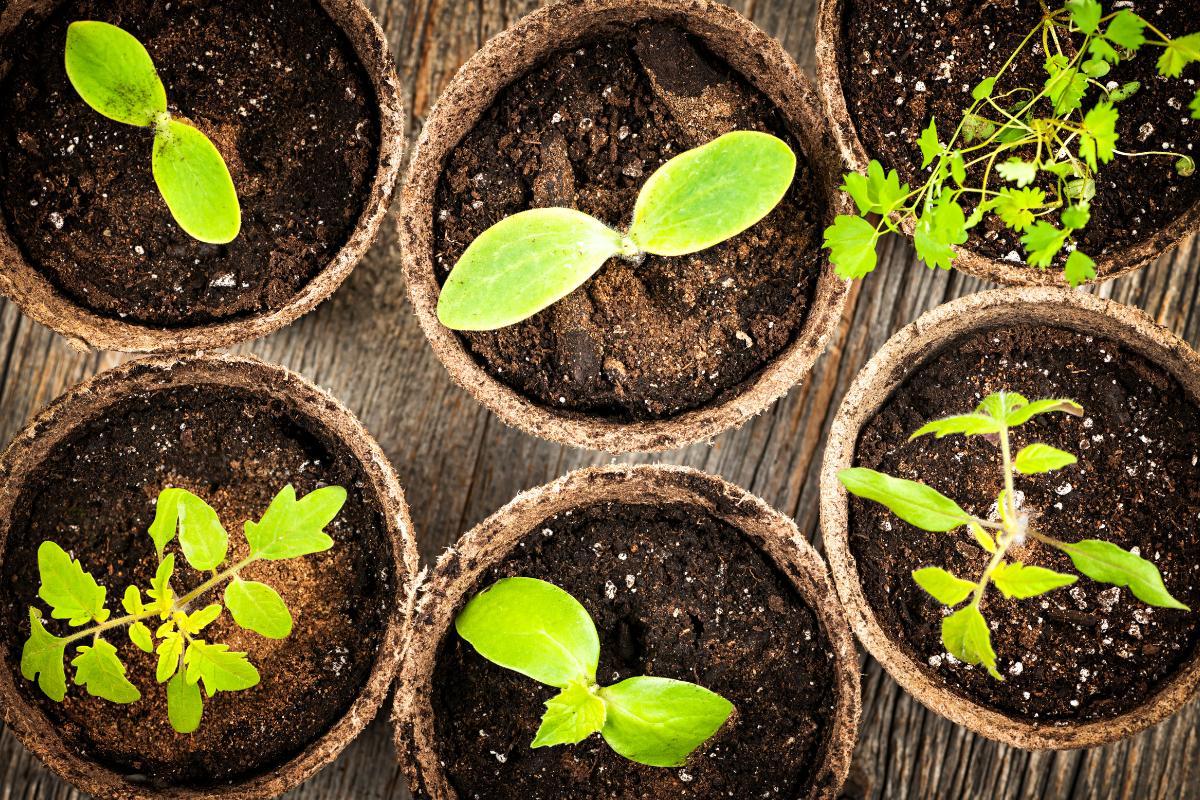What Is the Purpose of Peat Moss?

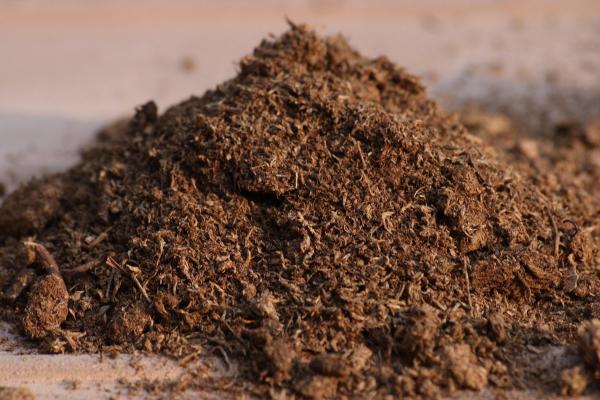
If you’ve ever walked through the gardening section of a store or browsed tips online, you’ve probably seen peat moss mentioned, but what exactly is it? Peat moss is a popular soil amendment that can help your garden retain moisture, improve soil texture, and support healthy plant growth. It has undeniably revolutionized how we garden, yet many still wonder about its origins, best uses, and how it compares to other options.
In this article by thedailyECO, we aim to cover everything you need to know about peat moss, from its formation in ancient bogs to its practical applications in your garden beds and pots.
What is peat moss?
Peat moss is the partially decomposed remains of sphagnum moss that accumulates in bogs over thousands of years, created when decomposition slows in acidic, waterlogged conditions. Gardeners love it because it retains water amazingly well, has an acidic pH, comes naturally sterile, and improves soil texture with its light, airy structure.
Chemically, peat moss has a pH ranging from 3.5 to 4.5, making it naturally acidic. It contains minimal nutrients but excels as a soil conditioner rather than a fertilizer. The material is composed of 95-98% organic matter and is naturally sterile and free of weed seeds.
Before its horticultural applications, peat was primarily harvested as a fuel source for centuries in many countries. Rich in carbon like other fossil fuels, dried peat provided heating and cooking fuel, particularly in regions with limited access to wood. It wasn't until the 1940s that peat moss found its place in horticulture, transitioning from fuel to a valuable growing medium.
Peat moss is predominantly found in bogs and wetlands across the Northern Hemisphere. Russia possesses the world's largest peatlands, while Canada contains approximately 25% of global peat resources, making it the second-largest source.
But here's the ecological dilemma, these peat bogs are incredibly valuable ecosystems. They are carbon storage powerhouses, they form at an excruciatingly slow rate of just 1mm per year, they support unique biodiversity, and they help prevent flooding. This is why peat harvesting is fundamentally unsustainable, we are using up in minutes what took millennia to create.
There are other more sustainable alternatives like coconut coir, composted bark, leaf mold, or just good homemade compost.
Looking for the perfect growing medium beyond peat moss? Discover the versatile solution that professional gardeners rely on for almost any plant in our other article.
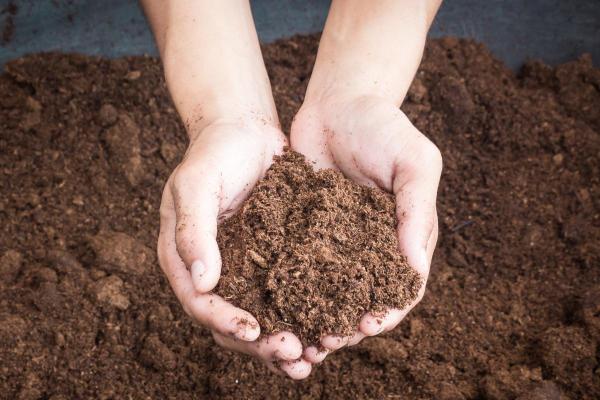
What is peat moss used for?
Peat moss stands out for its versatility as a gardening amendment. Its unique characteristics lend themselves to a wide range of gardening uses, each capitalizing on the specific benefits this material offers for plant growth.
- Soil amendment: peat moss enhances soil structure by loosening clay soils and adding water-holding capacity to sandy soils. Adding 25-30% peat moss by volume creates optimal growing conditions for a wide range of plants.
- Seed starting: the sterility and excellent moisture-retention qualities of peat moss create perfect conditions for seed germination, which is why it's a primary ingredient in seed-starting mixtures.
- Container growing: as a key component in soilless potting mixes, peat moss delivers ideal aeration, drainage, and moisture retention for plants grown in containers.
- Increase the acidity of the soil: peat moss naturally lowers soil pH, creating the acidic environment that rhododendrons, azaleas, blueberries, and other ericaceous plants require to thrive.
- Lawn establishment: a light layer of peat moss over newly seeded areas helps maintain consistent moisture during the critical germination phase of lawn establishment.
- Plant propagation: for rooting cuttings, peat moss provides reliable moisture levels without becoming waterlogged, encouraging healthy root development.
- Moisture management: in gardens prone to drying out, incorporating peat moss significantly improves the soil's ability to retain and gradually release water to plants.
When properly incorporated, peat moss continues to benefit garden soil for 1-2 growing seasons before eventually breaking down and requiring replacement.
Curious about which variety of peat moss might work best for your specific plants? Explore our detailed guide to the different varieties of sphagnum and their unique benefits for various garden applications.
How to use peat moss
Proper preparation and application are key to unlocking the full potential of peat moss in your garden. Make sure to use these practical techniques to ensure you are making the most of the benefits of this versatile material and sidestepping common mistakes:
- Always moisten peat moss before using it. Dry peat moss can be difficult to wet initially and may repel water. Add water gradually and mix thoroughly until the peat reaches a damp sponge consistency.
- To amend garden soil, spread a 2-3 inch layer of peat moss over the bed and incorporate it to a depth of 8-12 inches using a garden fork or tiller. For most soils, aim for a mixture that's approximately 30% peat moss.
- For a basic soilless mix, combine 1 part peat moss, 1 part perlite, and 1 part vermiculite. For a more nutrient-rich mix, add 1 part compost. Adjust the ratio based on the specific needs of your plants.
- Mix equal parts peat moss and vermiculite or perlite for an effective seed-starting medium. Fill containers, moisten thoroughly, sow seeds, and cover lightly with the same mixture.
- When planting acid-loving plants, work 1-2 inches of peat moss into the planting hole and surrounding soil. For established plants, spread a 1-inch layer around the drip line and gently incorporate it into the top few inches of soil.
- After seeding, apply a thin layer (¼ inch) of peat moss over the lawn area using a spreader or by hand. Rake gently to distribute evenly without completely covering the seeds.
- Apply a 1-2 inch layer of peat moss around plants as mulch, keeping it a few inches away from stems and trunks. This helps retain soil moisture while allowing proper air circulation.
- Keep unused peat moss in its original packaging or in a sealed container to maintain optimal moisture levels. Store in a cool, dry location away from direct sunlight to prevent degradation.
Remember that peat moss has very few nutrients on its own, so additional fertilization may be necessary depending on plant requirements. For optimal results, especially when using larger quantities of peat moss, consider adding agricultural lime to counteract the acidity unless you're specifically growing acid-loving plants.
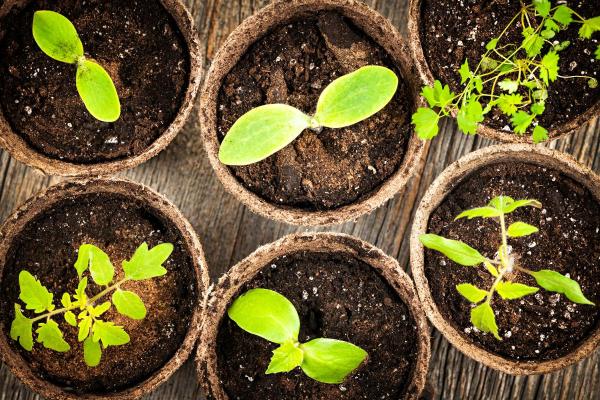
Difference between peat moss and sphagnum moss
A common source of confusion for many gardeners is the difference between peat moss and sphagnum moss. Though related, these materials differ significantly in their properties, applications, and how they are harvested and used in the garden. Let us take a closer look at these differences:
Origin and formation:
- Sphagnum moss is the living plant that grows on the surface of bogs and other wetlands. It's harvested while still alive and then dried for use.
- Peat moss, on the other hand, is the partially decomposed remains of sphagnum and other organic materials that have accumulated in bog environments over centuries or millennia beneath the living surface layer.
Physical characteristics:
- Sphagnum moss consists of long, fibrous strands that maintain the plant's structure. It's typically light tan to green in color and has a stringy, fibrous texture.
- Peat moss is more decomposed, darker in color (usually brown), and has a more granular or crumbly texture, having lost much of its original plant structure through partial decomposition.
Water retention properties:
- Both materials excel at water retention, but in slightly different ways. Sphagnum moss absorbs water quickly along its lengthy fibers and can hold 10-20 times its weight in water.
- Peat moss holds water in the tiny cellular spaces of its partially decomposed structure and releases it more slowly, making it excellent for long-term moisture management.
pH levels:
- Both materials are acidic, but fresh sphagnum moss typically has a slightly higher pH (around 4.0-5.0) compared to peat moss (3.5-4.5), though this can vary depending on the source and processing methods.
Cost and availability:
- Sphagnum moss is generally more expensive than peat moss because it's harvested live and requires more careful collection methods.
- Peat moss is more widely available and typically sold in compressed bales for garden use.
Garden applications:
- Sphagnum moss shines in decorative and specialized applications. Gardeners commonly use it as a top dressing for houseplants and terrariums, to line hanging baskets while preventing soil loss, and for cultivating orchids and other epiphytes.
- Peat moss excels in structural soil improvements and growing media. It serves as an essential soil amendment that improves both structure and water retention in garden beds. In soilless potting mixes, it provides the foundation for container growing.
Did you know that live sphagnum moss offers unique benefits for orchids, terrariums, and plant propagation? Dive deeper into this gardening wonder in our companion article.
If you want to read similar articles to What Is the Purpose of Peat Moss?, we recommend you visit our Plant care and cultivation category.
- American Society for Horticultural Science. (2024). Horticultural research publications. https://ashs.org/
- Canadian Sphagnum Peat Moss Association. (2024). Responsible peatland management. https://peatmoss.com/
- Department for Environment, Food and Rural Affairs. (2021). England peat action plan. UK Government. https://www.gov.uk/government/publications/england-peat-action-plan
- Food and Agriculture Organization of the United Nations. (2024). Organic soils and peat. FAO Soils Portal. http://www.fao.org/soils-portal/soil-management/management-of-some-problem-soils/organic-soils


